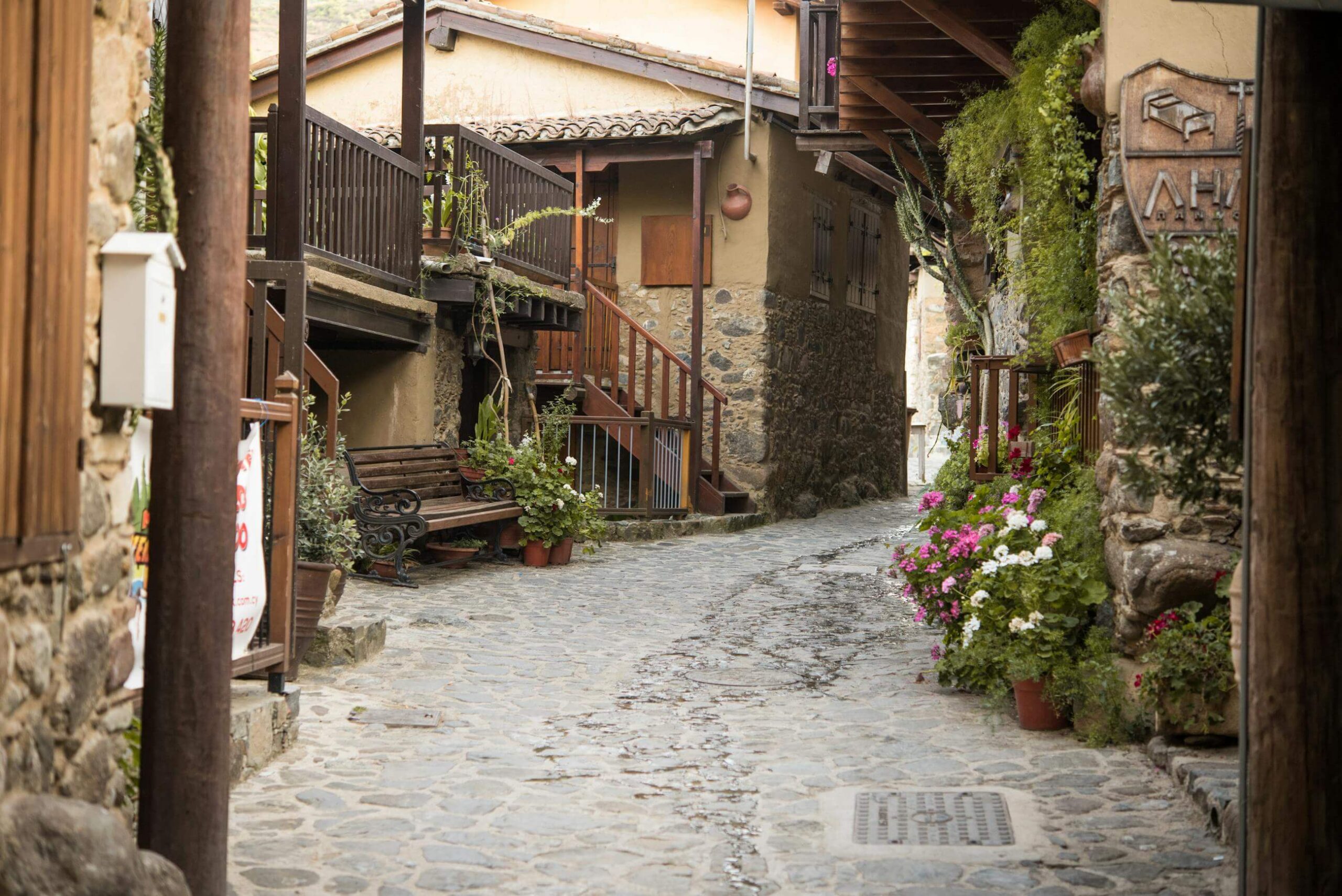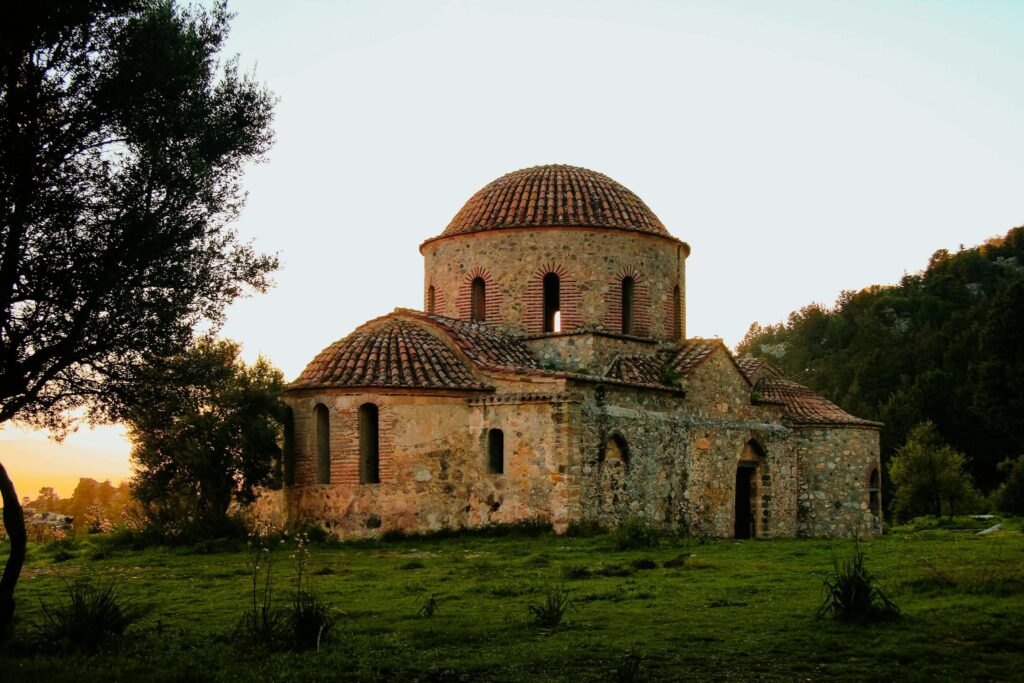Nicosia

Nicosia, or Lefkoşa in Turkish, is the intriguing capital of North Cyprus — and the only divided capital city in Europe. Over the centuries, it has borne many names: Ledra, Lidra, Kermia — each a reflection of the many civilizations that have shaped its streets, walls, and soul.
A visit to Nicosia offers a journey through time: from medieval cathedrals and Ottoman inns to colonial architecture and vibrant modern markets. All of it enclosed within a circle of 4.5 kilometers of Venetian city walls, reinforced by eleven bastions and guarded by three monumental gates.
The Walled City and Its Gateways
Entering Nicosia’s old town feels like stepping into another era. One of the most iconic entry points is the Kyrenia Gate (Porta Del Proveditore), originally built by the Venetians and later restored by the Ottomans. It once served as the main northern entrance into the city and remains a striking symbol of Nicosia’s layered past.
Inside the walls, narrow alleyways branch into neighborhoods that blend medieval charm with everyday Cypriot life — shaded courtyards, carved wooden balconies, street vendors, and ancient domes coexist in a fascinating urban tapestry.
Sacred Spaces and Ottoman Heritage
One of the most striking landmarks is the Selimiye Mosque, formerly the Cathedral of St. Sophia, built during the Lusignan period between 1208 and 1326. With its pointed arches, rose windows, and imposing twin minarets added later by the Ottomans, it is the finest example of Gothic architecture turned Islamic on the island.
Nearby lies the Mevlevi Tekke Museum, once a functioning dervish lodge for the Mevlevi (Whirling Dervish) Order. Established in the 16th century, this serene complex now tells the story of Sufi mysticism in Cyprus and houses tombs, manuscripts, musical instruments, and ceremonial garments.
Other notable religious and cultural sites within the old town include:
- The Armenian Church of St. Mary of Tartosa
- Arabahmet Mosque, a peaceful example of Ottoman religious architecture
- St. Catherine’s Church, now serving as Haydarpaşa Mosque
- The lesser-known yet charming Church of St. Lucas

Inns, Markets, and Urban Life
Among the most beloved Ottoman-era buildings is the Büyük Han (Great Inn). Built in 1572 with 68 rooms around a central courtyard, it once welcomed traders and travelers. Today, it’s a lively cultural hub filled with local artisans, cafes, and craft shops — a perfect place to soak up the atmosphere.
Nearby stands the Kumarcılar Han (Gamblers’ Inn), a smaller caravanserai now restored and open to visitors, offering yet another glimpse into the city’s mercantile past.
Nicosia is also a city of markets. The Bandabuliya, or Covered Bazaar, opened in 1932 and still operates as a fresh produce market and social meeting spot. Just beyond it, the Arasta Market buzzes with life, lined with small shops selling textiles, jewelry, spices, and souvenirs.
Museums, Mansions, and Everyday Culture
For history enthusiasts, Nicosia has several small yet engaging museums and historical homes:
- The Lapidary Museum, exhibiting carved stones, tombstones, and inscriptions.
- The Bedestan, formerly the Church of St. Nicholas, transformed into a multi-purpose cultural space.
- The Library of Sultan Mahmut II, a hidden gem for bibliophiles.
- The Samanbahçe Houses, a rare example of early 20th-century public housing, known for their symmetry and distinct character.
Two beautifully preserved residences offer a glimpse into upper-class life in Ottoman Cyprus:
- The Derviş Paşa Mansion, now an ethnographic museum.
- The Lusignan House, reflecting medieval domestic architecture.
Walking through the Arap Ahmet and Cumbalı Evler districts reveals elegant facades, shaded overhangs, and traditional urban design that has stood the test of time.
Nicosia is a city of contrast and continuity — medieval and modern, divided and yet shared, spiritual and secular. Within its walls, every corner tells a story, and every building stands as a witness to centuries of coexistence and transformation.
Whether you’re wandering through a bustling bazaar or admiring Gothic arches beneath a mosque’s minaret, Nicosia offers a uniquely Cypriot experience — complex, rich, and deeply human.